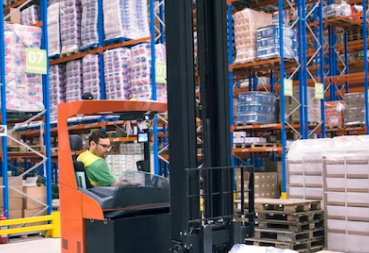The Term WEEE stands for Waste Electrical and Electronic Equipment Directive, and is part of a European Community initiative that became law in 2003 (Directive 2002/96/EC). It is intended to set targets for firms involved in collecting and recycling all kinds of electrical items. It operates alongside the ROSH, Restriction on Hazardous Substances directive, which in itself covers control of material contents in new equipment entering the market place.
The policy received an overhaul in 2011 to reflect the changing situations and allow member countries to have more control over restrictions. These new implementations were to be phased in over a period of years to allow time for individual countries to adapt their systems. However, new regulations have now been brought forward to 2014, amongst which is the need to recycle 45% of electronic waste, by 2016 and 65% by 2020.
The WEEE Symbol
You may be aware of the WEEE symbol that was adopted, portraying a crossed out wheelie bin. A black line beneath indicated goods put on the market after 2005; these older products are known as “Historic Weees.”
Hazardous materials
The directive was important to control health and pollution concerns, where chemicals such as lead, cadmium, nickel and beryllium were exposed to workers and potential purchasers of re-cycled components. It was also imperative to control the disposal of parts that could not be re used and found their way to landfill sites. This was a big problem particularly in developing countries. However in the UK, responsible companies such as Bamboo Distribution follow strict policies and conform to regulations for designated collection facilities and waste carrying licences.
New social responsibility and eco-awareness
With the massive surge of popularity to own a smartphone or ipad, the demand for re-furbished products has grown rapidly, particularly in the present economic situation. Much of what was discarded in the past had useful working parts. New social responsibility and eco awareness has been taken on board by companies who have committed themselves to limiting adverse effects on our environment.
The old term that there is money in scrap has long been understood. However, all too often, costs of collection, recycling and re- distribution have been inhibitive. We have seen this until recent years in other products such as plastic, metal, foil and paper pulp. But the collective consciousness is changing and companies such as Bamboo have streamlined the process so that, in their case mobile phones, laptops, TV’s, and digital equipment can be processed effectively, much of which is re-introduced into the market place.
Recycling, legal standing
Smaller companies or individuals who put brand names on items, even if they are free hand-outs to customers are obligated to conform to the regulations. Often parts are purchased abroad then resold as part of another item. In such cases legal obligations under the Waste Electrical and Electronic Equipment Directive need to be considered. All companies have to submit their statistics on weight and numbers of the products that they place back on the market. There are strict restrictions on volumes of recycling, with a minimum rate per head of population per year. Anyone considering that they operate legitimately outside of these policies will need to show due diligence and that they have checked out their legal standing.









